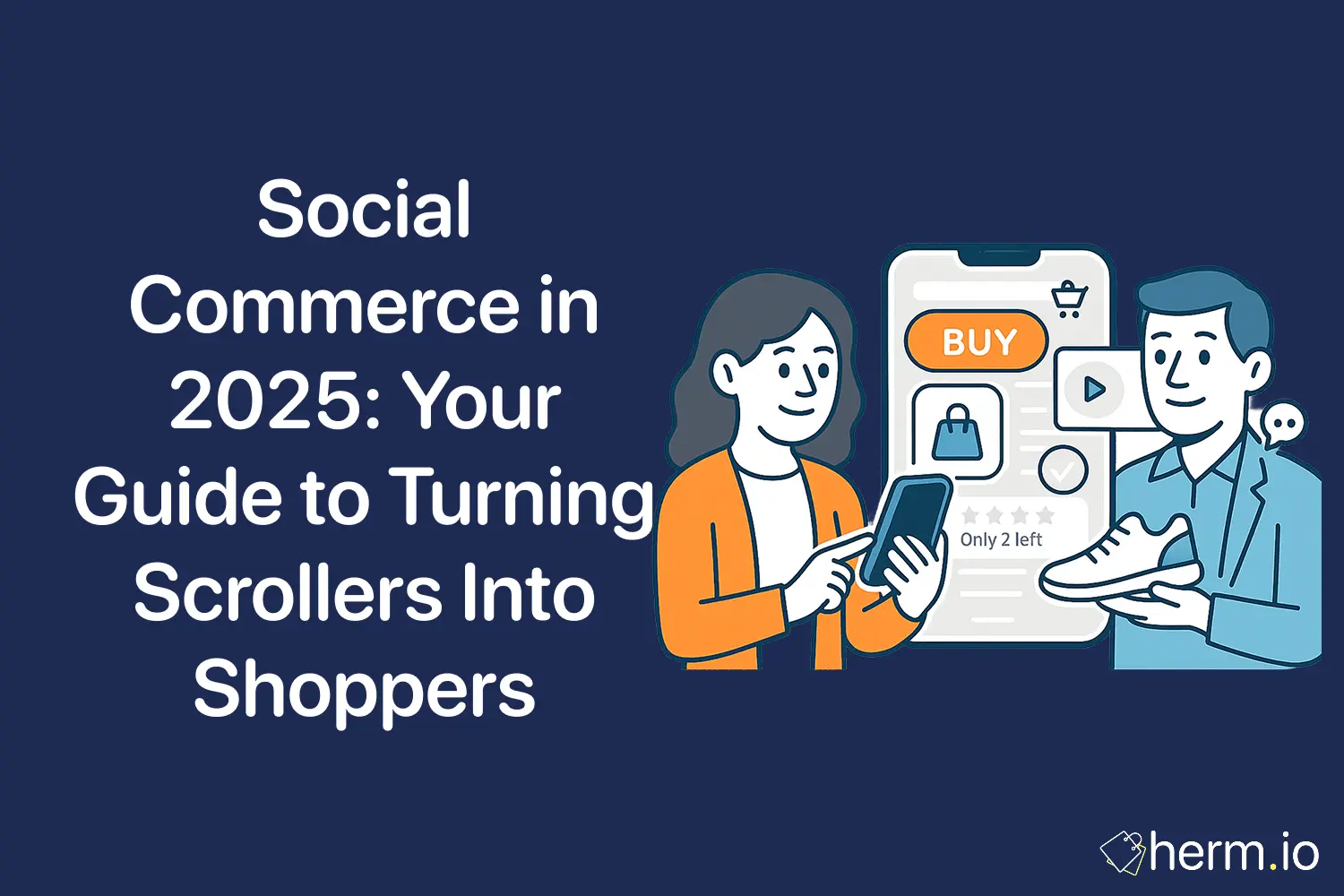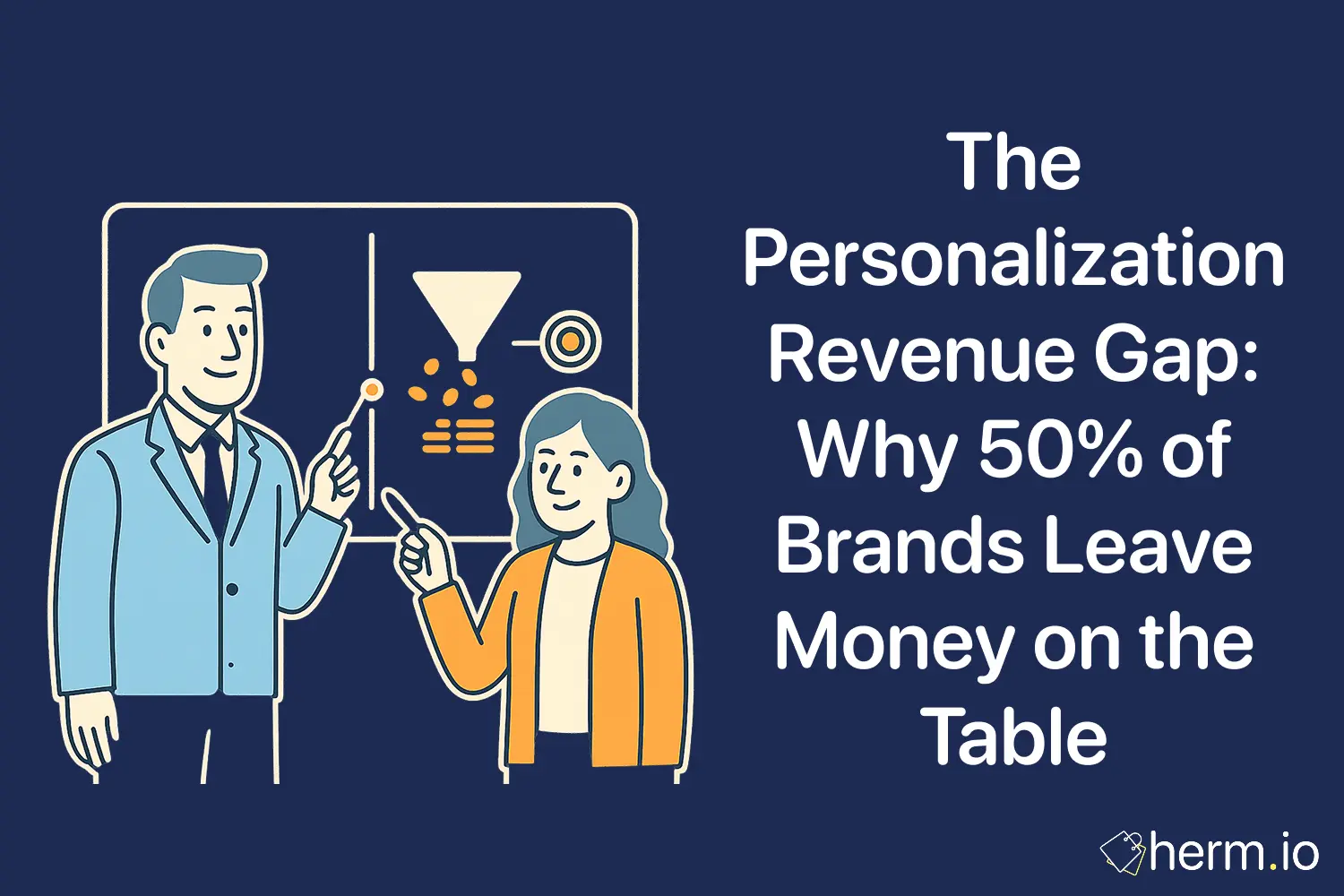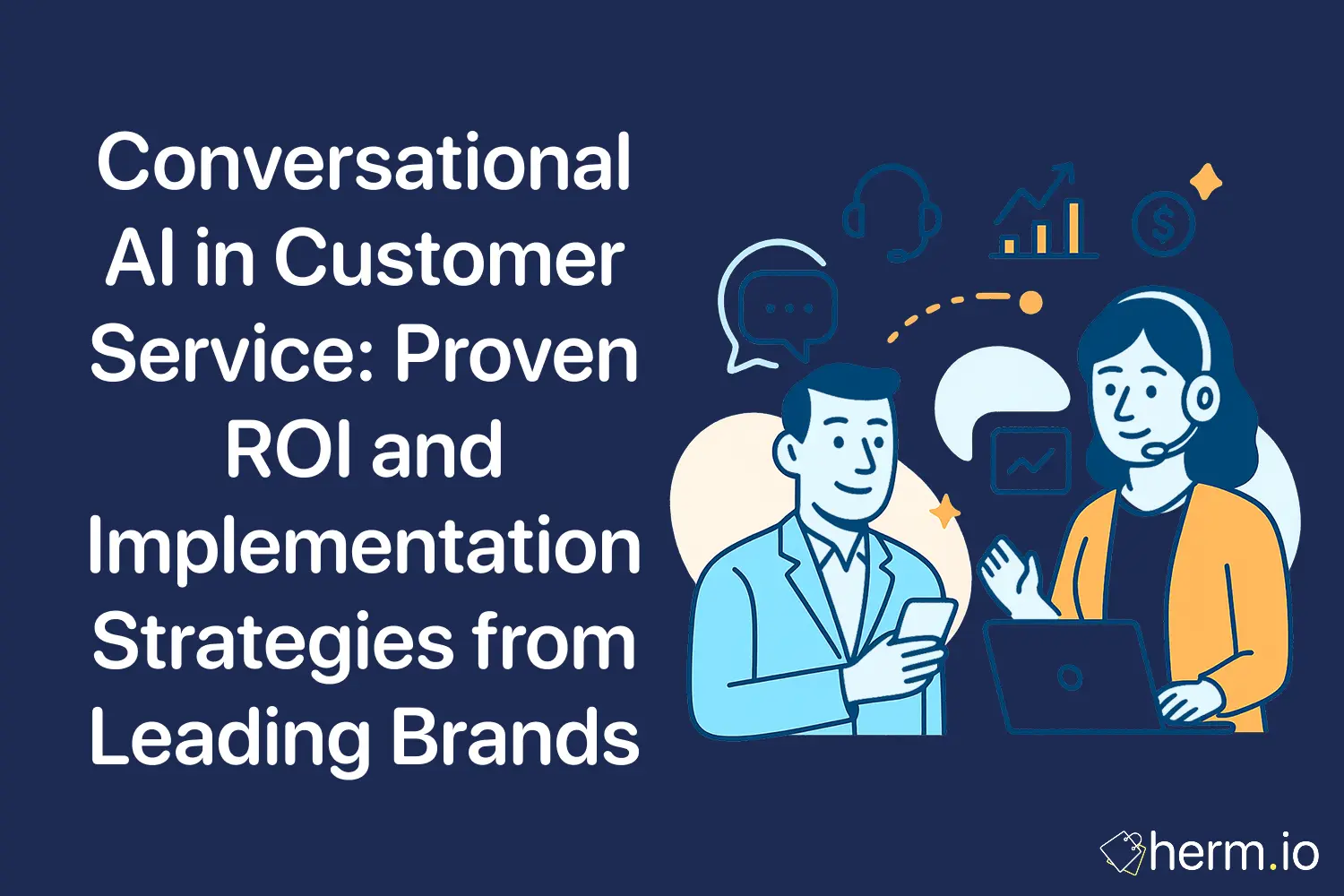
Think of GDPR compliance as creating digital armour for your personalisation efforts. Just as a medieval knight wouldn't enter battle without proper protection, modern marketers cannot deploy personalisation strategies without robust data protection frameworks. The General Data Protection Regulation fundamentally changed how we approach customer data, transforming personalisation from a data collection free-for-all into a structured, security-first discipline.
From a security perspective, GDPR compliance isn't just about avoiding fines—though the €310 million penalty issued to LinkedIn in October 2024 certainly demonstrates the financial stakes. Building resilient systems requires understanding that data protection and effective personalisation can coexist when properly architected. The most successful organisations treat privacy compliance as a competitive advantage rather than a regulatory burden.
This comprehensive analysis examines how security-minded marketers can construct personalisation systems that protect consumer data whilst delivering meaningful customer experiences. We'll explore proven frameworks, examine real-world implementations, and provide actionable guidance for building systems that satisfy both regulatory requirements and business objectives.
Understanding GDPR's Security Architecture for Marketers
The Foundation: Legal Framework as System Requirements
From a security perspective, GDPR functions as a comprehensive set of system requirements for data processing operations. The regulation establishes clear parameters for how personal data must be handled, creating what security professionals recognise as a defence-in-depth approach to privacy protection.
The data controller and processor distinction maps directly to traditional security access models. Controllers—organisations that determine processing purposes and methods—bear primary responsibility for compliance, similar to how system administrators bear ultimate responsibility for network security. Processors—the technology vendors and service providers—function as trusted third parties requiring specific contractual protections and audit capabilities.
Understanding lawful bases requires thinking systematically about data justification. Each piece of personal data must rest on one of six legal foundations: consent, contract, legal obligation, vital interests, public task, or legitimate interest. For marketers, this typically means choosing between explicit consent (the user specifically agrees to processing) or legitimate interest (processing serves legitimate business purposes whilst respecting user privacy expectations).
Building resilient systems requires documenting these decisions comprehensively. The Irish Data Protection Commission's enforcement action against LinkedIn highlighted how inadequate documentation can transform routine marketing activities into regulatory violations. LinkedIn processed member data for targeted advertising without sufficient legal basis documentation, resulting in significant penalties.
Compliance Principles as Security Controls
GDPR's core principles function as security controls for personalisation systems. Transparency requires clear communication about data processing activities—similar to how security teams document system access logs. Purpose limitation prevents data misuse by restricting processing to declared purposes, functioning like role-based access controls in enterprise security.
Data minimisation acts as the security principle of least privilege applied to marketing data. Collect only information necessary for specific, declared purposes. Accuracy and storage limitation require ongoing data maintenance, similar to security patch management processes. Accountability demands comprehensive documentation and evidence of compliance measures.
These principles create a systematic approach to personalisation that prioritises consumer protection whilst enabling business objectives. The framework prevents the data accumulation practices that historically created both security vulnerabilities and regulatory exposure.
Real-World Security Implementations: Industry Case Studies
Financial Services: Barclays' Privacy-First Personalisation
Barclays Bank implemented a comprehensive privacy-by-design approach to customer personalisation following GDPR implementation. Their system architecture separates personal identifiers from behavioural data using advanced tokenisation methods, ensuring individual customer data remains protected whilst enabling meaningful personalisation.
The bank's implementation demonstrates how financial institutions can balance strict regulatory requirements with customer experience objectives. Barclays reported a 23% improvement in customer engagement metrics whilst achieving full GDPR compliance through their systematic approach to consent management and data processing controls.
Their technical architecture includes real-time consent verification systems that check user permissions before processing any personalisation requests. This approach ensures that marketing communications and product recommendations always respect current user preferences, creating a robust defence against compliance violations.
E-commerce: ASOS's Consent-Driven Recommendation Engine
Fashion retailer ASOS redesigned their product recommendation systems to operate on explicit user consent following GDPR implementation. Rather than assuming permission to track browsing behaviour, ASOS implemented a layered consent system that allows customers to control different aspects of personalisation.
Customers can separately consent to email personalisation, website recommendation engines, and targeted advertising whilst maintaining access to core shopping functionality. This granular approach resulted in an 18% increase in email engagement rates, as customers who explicitly consent to personalisation demonstrate higher engagement with targeted communications.
The technical implementation uses pseudonymisation techniques to separate personal identifiers from purchasing behaviour data. This architectural decision enables sophisticated recommendation algorithms whilst maintaining strict data protection standards that exceed GDPR minimum requirements.
Travel Industry: Booking.com's Legitimate Interest Framework
Booking.com developed a comprehensive legitimate interest assessment framework for their personalisation systems. The company's approach demonstrates how travel platforms can balance immediate customer service needs with long-term data protection requirements.
Their system distinguishes between essential personalisation (showing relevant hotel options based on search criteria) and enhanced personalisation (recommendations based on historical booking patterns). Essential features operate under legitimate interest provisions, whilst enhanced features require explicit consent.
This systematic approach enabled Booking.com to maintain seamless user experiences whilst achieving full GDPR compliance. The company reported that 78% of users consent to enhanced personalisation when the value exchange is clearly explained, demonstrating that transparency builds rather than erodes customer relationships.
Media Industry: Spotify's Privacy-Preserving Personalisation
Spotify's approach to GDPR compliance illustrates how media companies can maintain sophisticated personalisation whilst respecting user privacy. The platform implements differential privacy techniques that enable personalised music recommendations without exposing individual listening patterns to internal systems or external partners.
Their technical architecture separates personal identity data from music preference data, using advanced cryptographic techniques to enable personalisation algorithms without creating privacy risks. Users maintain granular control over different types of data processing, from playlist recommendations to social sharing features.
Spotify reported that their privacy-first approach to personalisation actually improved recommendation accuracy by 15%, as users provide more honest preference information when they trust the platform's data protection practices.
Retail Industry: John Lewis Partnership's Customer Data Platform
John Lewis Partnership constructed a customer data platform that demonstrates how traditional retailers can modernise personalisation systems whilst maintaining GDPR compliance. Their approach emphasises customer control and transparency throughout the data collection and processing lifecycle.
The system enables customers to view, modify, and delete their personal data through self-service portals whilst maintaining sophisticated personalisation capabilities across online and offline channels. Technical implementation includes automated data retention controls that ensure compliance with storage limitation requirements.
Their results demonstrate the business value of compliance-first design: customer trust metrics improved by 31% following implementation, whilst personalisation effectiveness increased by 27% as customers provided more accurate preference information.
Technical Implementation Framework
Architecture Design for Privacy Protection
Building resilient personalisation systems requires architectural decisions that prioritise data protection from the foundation level. Think of it as creating digital armor that protects customer data whilst enabling marketing functionality.
The first architectural principle involves data separation. Personal identifiers (names, email addresses, contact information) should be stored separately from behavioural data (page views, purchase history, engagement metrics). This separation enables personalisation algorithms to function without exposing individual customer identities to marketing systems or external vendors.
Implementing pseudonymisation creates an additional security layer. Replace personal identifiers with unique tokens that enable data linkage without exposing customer identities. This approach satisfies GDPR's technical safeguards requirements whilst maintaining personalisation functionality.
Consent management requires real-time processing capabilities. Systems must verify current user permissions before executing any personalisation activities. This means implementing consent verification APIs that check permissions at the moment of data processing rather than relying on historical consent records.
Data Processing Controls and Safeguards
From a security perspective, data processing controls function as access management systems for customer information. Implement role-based access controls that restrict marketing team access to aggregated, anonymised data whilst enabling necessary personalisation functionality.
Automated data retention controls ensure compliance with storage limitation requirements. Configure systems to automatically delete or anonymise customer data according to predefined schedules based on data type and processing purpose. This approach prevents manual compliance errors whilst reducing data storage costs.
Audit logging provides essential compliance evidence. Record all data processing activities, consent changes, and system access events. These logs serve dual purposes: demonstrating compliance during regulatory reviews and enabling security incident response when data protection issues arise.
Regular vulnerability assessments should evaluate both technical security controls and regulatory compliance measures. Treat GDPR compliance as an ongoing security requirement rather than a one-time implementation project.
Building Consent Management Systems
Effective consent management requires systematic approaches that balance user experience with legal requirements. Design consent interfaces that clearly explain data processing purposes without overwhelming users with technical details.
Implement granular consent controls that allow users to select specific types of personalisation whilst maintaining access to core service functionality. This approach respects user autonomy whilst enabling valuable personalisation for consenting customers.
Real-time consent synchronisation ensures that preference changes immediately affect all connected systems. When users modify consent settings, these changes must propagate to email platforms, analytics systems, advertising networks, and any other connected services within seconds rather than hours or days.
Consent withdrawal must be as simple as consent provision. Implement one-click unsubscribe mechanisms and ensure that consent withdrawal immediately stops relevant data processing activities. This approach satisfies GDPR requirements whilst building customer trust through respect for user preferences.
Strategic Implementation Methodology
Phase One: Compliance Assessment and Gap Analysis
Begin implementation by conducting comprehensive audits of existing personalisation systems. Map all data collection points, processing activities, and third-party integrations to understand current compliance status and identify necessary improvements.
Document lawful bases for all personal data processing activities. This exercise often reveals data collection practices that lack proper legal justification, enabling proactive compliance improvements before regulatory scrutiny.
Evaluate consent collection mechanisms against GDPR standards. Many pre-GDPR consent systems fail to meet current requirements for specificity, clarity, and ease of withdrawal. Identifying these gaps enables systematic improvement planning.
Phase Two: Technical Infrastructure Development
Implement core technical safeguards including data encryption, pseudonymisation, and access controls. These foundational security measures protect customer data whilst enabling necessary marketing functionality.
Develop consent management APIs that enable real-time permission verification across all marketing systems. This technical infrastructure ensures that personalisation activities always respect current user preferences.
Create automated compliance monitoring systems that track data processing activities and alert marketing teams to potential compliance issues before they become regulatory violations.
Phase Three: Process Integration and Training
Integrate compliance checking into existing marketing workflows. Ensure that campaign development, audience segmentation, and personalisation activation all include mandatory compliance verification steps.
Train marketing teams on GDPR requirements and technical safeguards. Building internal expertise prevents compliance errors whilst enabling confident use of personalisation capabilities within legal boundaries.
Establish regular compliance review processes that evaluate both technical controls and marketing practices. Treat compliance as an ongoing operational requirement rather than a one-time project.
Advanced Personalisation Techniques Within GDPR Boundaries
Privacy-Preserving Analytics Methods
Modern analytics platforms enable sophisticated personalisation whilst protecting individual privacy through differential privacy and federated learning techniques. These approaches enable audience insights without exposing individual customer data.
Cohort-based analysis replaces individual tracking with group-level insights. Rather than tracking specific user journeys, analyse anonymous user groups to identify patterns and preferences that inform personalisation strategies.
On-device processing enables personalisation without data transmission. Modern browsers and mobile applications can execute personalisation algorithms locally, ensuring that personal data never leaves the user's device whilst still enabling tailored experiences.
Contextual Personalisation Strategies
Contextual personalisation uses immediate environmental factors rather than historical personal data to customise experiences. This approach satisfies GDPR requirements whilst enabling relevant, timely personalisation.
Location-based personalisation can operate on general geographic areas rather than precise individual locations. Show weather-appropriate products based on regional conditions rather than exact GPS coordinates, maintaining relevance whilst protecting privacy.
Time-based personalisation adapts experiences based on temporal context without requiring personal data storage. Adjust product recommendations based on time of day, season, or current events rather than individual historical behaviour.
Zero-Party Data Collection Methods
Zero-party data—information that customers intentionally share—provides the foundation for GDPR-compliant personalisation. Interactive surveys, preference centres, and progressive profiling enable customers to directly communicate their interests and needs.
Gamification techniques encourage voluntary data sharing by providing immediate value in exchange for preference information. Style quizzes, compatibility assessments, and personalisation games create engaging experiences whilst collecting valuable customer insights.
Value exchange transparency ensures that customers understand how their shared information improves their experience. Clear explanations of personalisation benefits encourage voluntary participation whilst building trust and engagement.
Measuring Success and Optimising Performance
Compliance Metrics and KPIs
Effective GDPR programmes require systematic measurement of both compliance outcomes and business performance. Track consent rates, data subject request response times, and compliance audit results alongside traditional marketing metrics.
Monitor consent withdrawal rates as indicators of customer satisfaction with data processing practices. Rising withdrawal rates may indicate problems with value exchange or transparency that require systematic investigation.
Measure personalisation effectiveness for consenting versus non-consenting customers to quantify the business value of compliance investment. This analysis informs resource allocation decisions and demonstrates ROI for privacy protection measures.
Continuous Improvement Processes
Regular compliance assessments should evaluate both technical controls and marketing practices. Schedule quarterly reviews that examine new personalisation initiatives, technology implementations, and regulatory developments.
Customer feedback mechanisms provide valuable insights into privacy experience quality. Implement systematic collection of customer perceptions about data processing transparency and control mechanisms.
Regulatory monitoring ensures that compliance frameworks adapt to evolving legal requirements. Assign responsibility for tracking regulatory developments and implementing necessary system updates.
Frequently Asked Questions
Can I implement effective email personalisation whilst maintaining GDPR compliance?
Absolutely. Email personalisation remains highly effective under GDPR when built on proper legal foundations. The safest approach involves explicit consent collected during signup with clear explanations of personalisation benefits. Alternatively, legitimate interest may apply for basic personalisation based on purchase history for existing customers, provided you offer easy opt-out mechanisms and conduct proper balancing tests. Document your legal basis, maintain consent records, and ensure that every email includes simple unsubscribe options that immediately stop personalisation processing.
How do I demonstrate lawful basis for customer segmentation activities?
Maintain comprehensive documentation that proves lawful basis for each segmentation activity. For consent-based processing, store timestamped consent records that specify exactly what customers agreed to, including segmentation for marketing purposes. For legitimate interest, document your balancing test that weighs business objectives against customer privacy expectations, and ensure customers can easily object to segmentation. Include details about data sources, segmentation criteria, and customer communication methods. Regular legal reviews should validate that your documentation meets regulatory standards.
What are the biggest risks if my personalisation systems violate GDPR requirements?
Beyond financial penalties that can reach €20 million or 4% of global turnover, GDPR violations create significant reputational damage and customer trust erosion. Regulatory enforcement actions become public record, often receiving media coverage that damages brand perception. You may face immediate processing restrictions that disable personalisation systems, disrupting marketing operations and customer experiences. Class-action lawsuits represent additional financial exposure, whilst customer acquisition costs typically increase as privacy-concerned consumers avoid brands with poor data protection reputations. The LinkedIn case demonstrates that even unintentional violations can result in massive penalties and lasting reputational damage.
How can I implement personalisation for users who haven't provided explicit consent?
Focus on contextual personalisation that doesn't rely on personal data processing. Use general location (city or region rather than precise coordinates), current weather conditions, time of day, or seasonal factors to customise experiences. Implement on-device personalisation using browser capabilities that process data locally without transmission to your servers. Consider collaborative filtering approaches that use anonymous aggregate patterns rather than individual profiles. These methods enable relevant experiences whilst respecting privacy preferences and maintaining GDPR compliance.
What should I do if customers request deletion of their personal data?
Implement systematic data deletion processes that address all data repositories within one month of request receipt. This includes customer databases, marketing automation platforms, analytics systems, and any third-party processors. Verify the customer's identity before processing deletion requests, but avoid collecting additional personal data for verification purposes. Notify all data processors about deletion requirements and maintain records of completion for compliance documentation. Consider technical architectures that enable automated deletion across connected systems. Remember that some data may be retained for legal compliance purposes, but clearly communicate these exceptions to customers.
References and Further Reading
To learn more about the case studies mentioned in this article, consider researching:
- "Barclays GDPR compliance personalisation case study financial services" - Banking industry publications detail Barclays' privacy-by-design approach to customer personalisation and the technical architecture that separates personal identifiers from behavioural data.
- "ASOS consent management recommendation engine GDPR implementation" - Retail technology case studies examining ASOS's layered consent system and the business impact of granular personalisation controls.
- "Booking.com legitimate interest assessment framework travel industry" - Travel industry reports on Booking.com's systematic approach to legitimate interest evaluation and the distinction between essential and enhanced personalisation features.
- "Spotify differential privacy personalisation music streaming GDPR" - Media industry analysis of Spotify's cryptographic approaches to privacy-preserving personalisation and the impact on recommendation accuracy.
- "John Lewis Partnership customer data platform retail GDPR compliance" - Retail industry case studies examining traditional retailers' approaches to modernising personalisation systems whilst maintaining regulatory compliance.
- "LinkedIn GDPR fine 2024 Irish Data Protection Commission behavioural advertising" - Regulatory enforcement documentation providing detailed analysis of LinkedIn's violations and the importance of proper legal basis documentation for advertising personalisation.
- "European Data Protection Board Guidelines Article 6 legitimate interest marketing" - Official regulatory guidance on legitimate interest assessment for marketing activities and balancing business objectives with individual privacy rights.

Oliver James Whitmore
I'm a security expert specializing in privacy, systems architecture, and cybersecurity. With experience across startups and large enterprises, I build resilient, user-centric security systems. I bridge the gap between technical capabilities and business value, making complex systems both secure and adaptable.

.png)








.png)

.png)
.png)
.png)